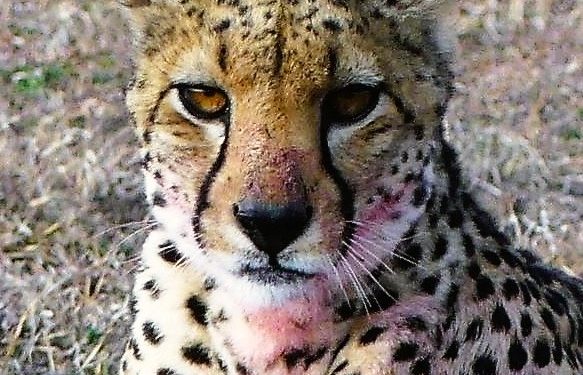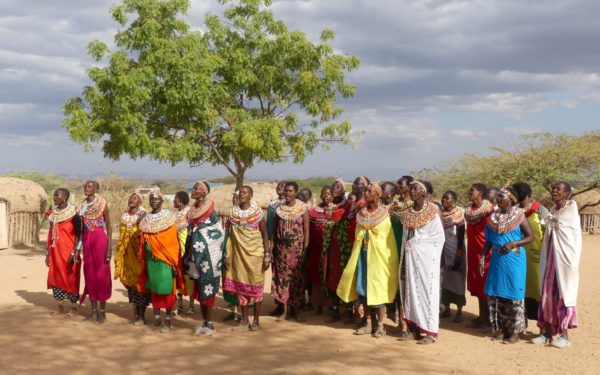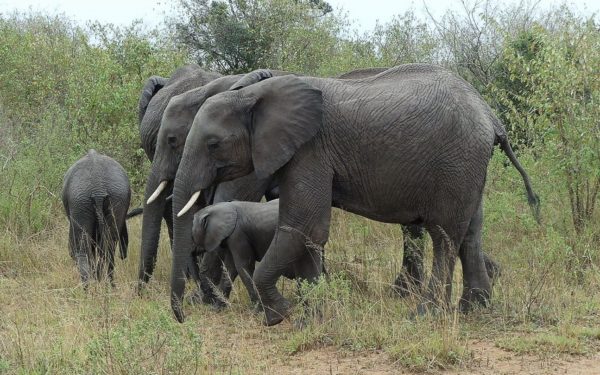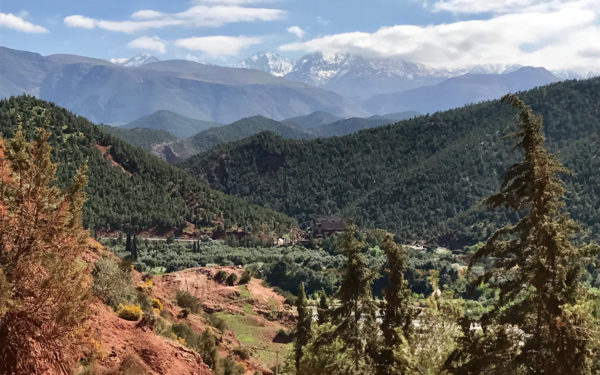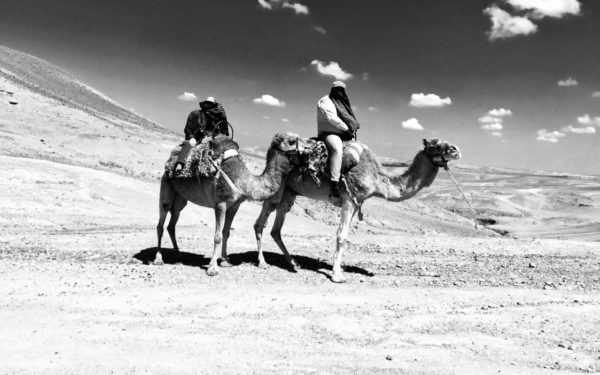Casablanca
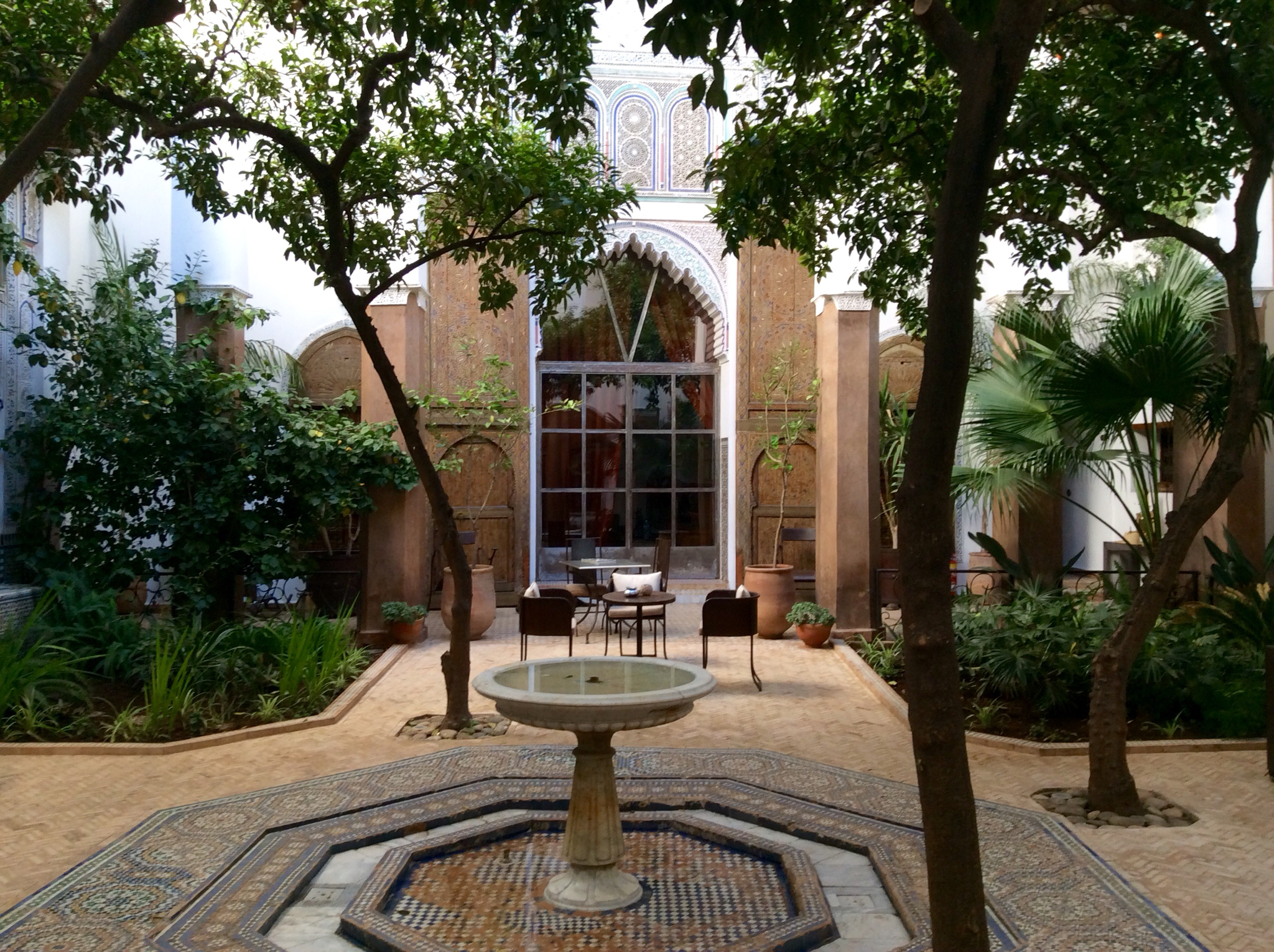
Today we left Casablanca on our way to Fez, a drive that was totally unexpected as to the beauty of its rolling hills crammed with cork forests, olive groves, and a varietal of fruit orchards and a wild carpet of orange and yellow flowers.
But before the drive we took a little sight seeing trip of Kasa by visiting, The Hassan II Mosque or Grande Mosquée Hassan is the largest mosque in Morocco and the 13th largest in the world. Its minaret is the world’s tallest at 210 meters, topped by a laser, the light from which is directed towards Mecca. The mosque stands on a promontory looking out to the Atlantic Ocean. The walls are of hand-crafted local marble and the roof is retractable. A maximum of 105,000 worshippers can gather together for prayer: 25,000 inside the mosque hall and another 80,000 on the mosque’s outside grounds.
We also drove by Rick’s Cafe, hope you are all aware that the film Casablanca was shot entirely on Warner’s backlot.
Our first stop the ruins at Volubilis a partly excavated Berber and Roman city situated near the city of Meknes, and commonly considered as the ancient capital of the kingdom of Mauretania. Under Roman rule from the 1st century AD onward grew rapidly and expanded to cover about 100 acres with a 1.6 miles circuit of walls. The city gained a number of major public buildings in the 2nd century, including a basilica, temple, and triumphal arch. Its prosperity, which was derived principally from olive growing, prompted the construction of many fine townhouses with large mosaic floors.
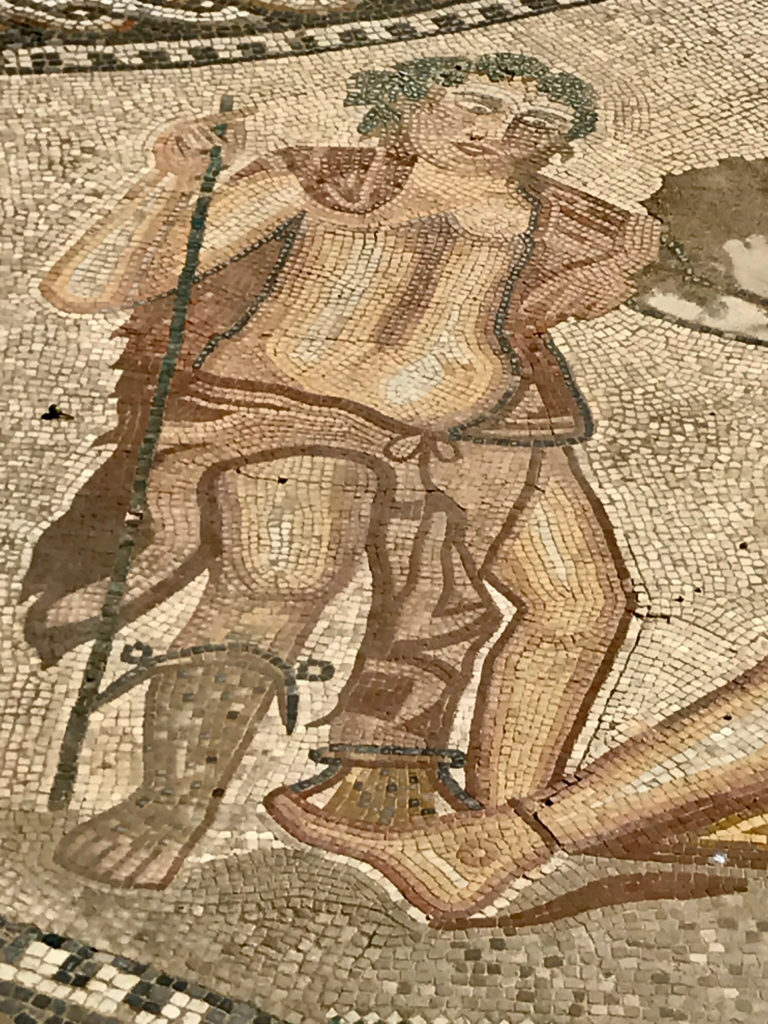
The city fell to local tribes around 285 AD and was never retaken by Rome because of its remoteness and indefensibility on the south-western border of the Roman Empire. It continued to be inhabited for at least another 700 years, first as a Latinised Christian community, then as an early Islamic settlement. In the late 8th century it became the seat of Idris ibn Abdallah, the founder of the Idrisid dynasty and the state of Morocco. By the 11th century, Volubilis had been abandoned after the seat of power was relocated to Fes.
The ruins remained substantially intact until they were devastated by an earthquake in the mid-18th century and subsequently looted by Moroccan rulers seeking stone for building Meknes. It was not until the latter part of the 19th century that the site was definitively identified as that of the ancient city of Volubilis. During and after the period of French rule over Morocco, about half of the site was excavated, revealing many fine mosaics, and some of the more prominent public buildings and high-status houses were restored or reconstructed. Today it is a UNESCO World Heritage Site.
Moulay Idriss or Moulay Idriss Zerhoun a town close to the ruins is spread over two hills at the base of Mount Zerhoun, the holy town of Moulay Idriss Zerhoune holds a special place in the hearts of the Moroccan people. It was here that Moulay Idriss I arrived in 789, bringing with him the religion of Islam, and starting a new dynasty. In addition to founding the town named after him, he also initiated the construction of Fez, continued later by his son, Moulay Idriss II.
Just off the main square is the Mausoleum of Idriss I, a sacred destination that is open only to Muslims. It is said in Morocco that six pilgrimages to Moulay Idriss during the annual festival honoring the saint is equivalent to one Haj to Mecca. It has is around a minaret at another mosque in town, the only one in Morocco.
Meknes is one of the four Imperial cities of Morocco and the sixth-largest city by population in the kingdom. Founded in the 11th century by the Almoravids as a military settlement, Meknes became a capital under the reign of Sultan Moulay Ismaïl (1672–1727), was. Known as one of the most ruthless leaders of Morocco. The founder of the Alaouite dynasty. Using European slave labor Sultan Moulay Ismaïl turned it into an impressive city in Spanish-Moorish style, surrounded by high walls with great doors, where the harmonious blending of the Islamic and European styles of the 17th century Maghreb are still evident today.
The Royal Stables in Meknes is an amazing sight, as this massive stable yard was constructed to comfortably house no less than 12,000 of the royal horses. Ismail had greater respect for these gracious animals than he did for his human counterparts. Horses were waited on hand and foot, with a groom and a slave for each horse, to ensure that all their needs were met, stables kept in immaculate condition and his horses being taken care of. It is even said that after a horse had completed a journey to Mecca, slaves were forced to catch the urine in a bowl, as even the earth was too undeserving for the horse to urinate on.
Today, most of the stables are in ruin and due to an earthquake during the eighteenth century, the roof of the stables no longer provides protection. We were amazed by its sheer size.
There was a canal that ran fresh water through the stables constantly, so the horses never lacked clean water. The sultan concerned about the feed supply for his stables constructed a granary, known as the Water Palace, behind the royal stables. The granaries stored enough grain to feed the horses for twenty years! To store such large amounts of grain, the granaries needed to be kept cold, and for this, the granaries were constructed with thick walls and a suspended forest was grown on the roof. Water from the reservoir below was forced through ducts in the floor, to maintain a low temperature and keep the grain from rotting.
Finally Fez and after a 10 minutes walk following our luggage cart through a maze of narrows alleyways, crammed on both side with shops, restaurants, and people rushing by we arrived at Riad Larousse( picture of the door to our suite) the 17th century home beautifully restored into a boutique hotel emphasis on boutique. It’s a Moorish fantasy with its beautiful courtyard, tiled fountain, and soaring walls.
The Riad houses a Spa. We had originally booked a massage and the Hamam but due to late arrival, we only had time for the Hamam. If you have never experienced a Hamam imagine when you were little and your mom bathes and scrub you squeaky clean.
You lay on hot marble stone for 10 to 15 minutes They rub you with black soap with the light fragrance of eucalyptuses With a loofa they vigorously scrub your whole body The kilos of dead skin falls over They rinse you off with rose water A light oil of rose water and minerals is apply over your whole body You are left to rest Time to wash off Relax, mint tea and an assortment of dried fruits and nuts are served.
You dresses up and go to the rooftop for a dinner of couscous under the Moroccan night sky.
Day over – if you are thinking are those boys spoiled – I think how blessed we are for the universe to offer these gifts and for that a 1,000 THANKS.
Tomorrow we walk the Medina.
